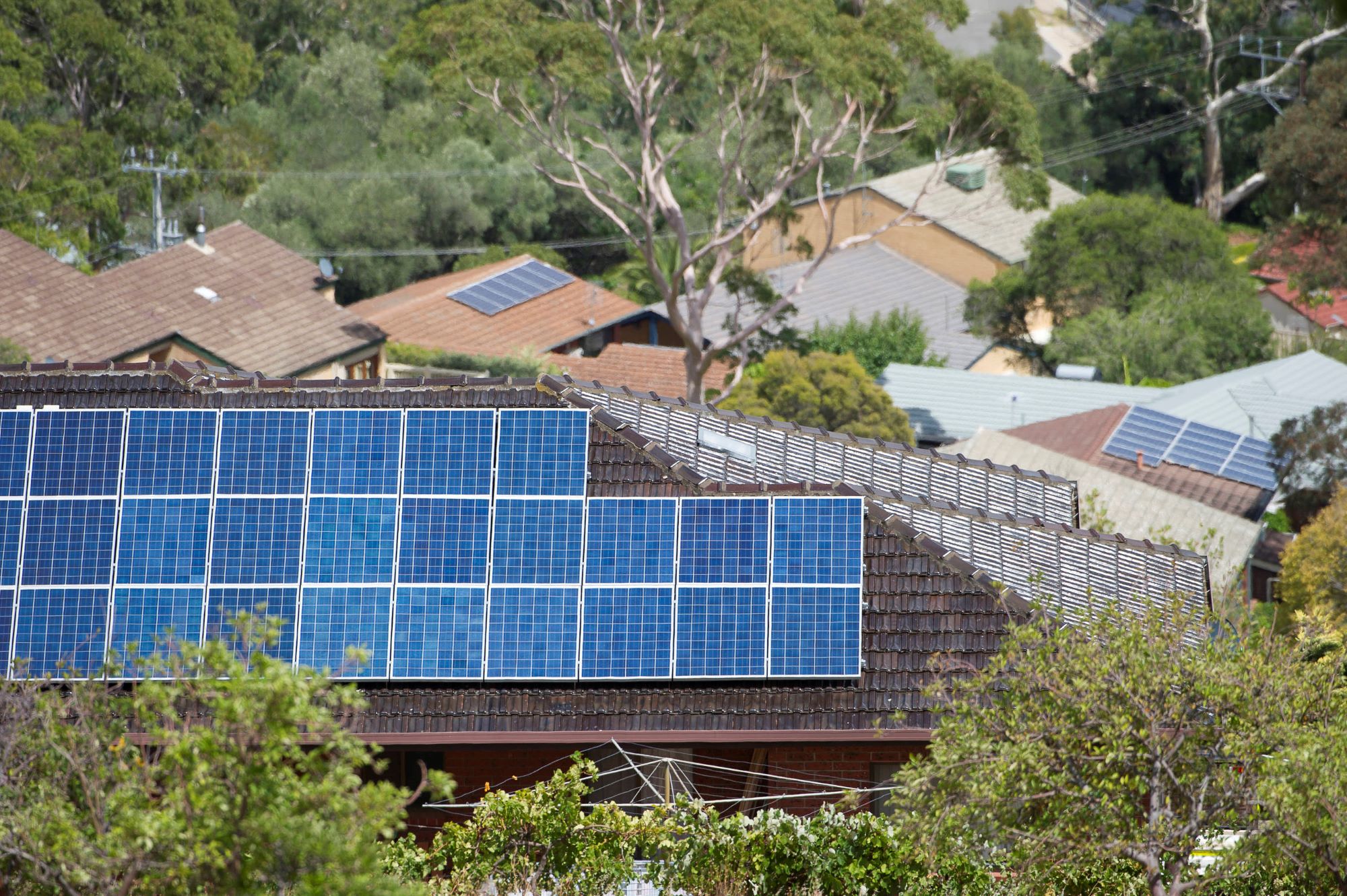Is solar power right for you?
Currently, households get the most value out of a solar PV system by using power during the day, while it's being made. Depending on your solar system, you may be able to export excess electricity generated to the grid with benefits for your bill.
If you are thinking of installing a solar PV system in your home or business, you probably have lots of questions. How do you know what's right for you?
-
1 Do your research
- Consider the size of your roof, roof shade, electricity use, your budget and any government schemes that may be available
- Check your electricity bill to understand what kilowatt hours (kWh) you use on average per day.
-
2 Contact your electricity retailer
- Ask how solar will affect your electricity rates and what solar feed-in tariff they offer
- Consider the advantages, disadvantages, and the impact on your electricity bills.
-
3 Find a solar PV system retailer
When searching for a good solar retailer you should expect they will do the following:
- Visit your work or home and look at your electricity bills for at least the past year
- Consider the appliances and other electrical loads you have, and the times of day you use the most power
- Ask you what may change over the coming years with your power usage
- Explain all the additional costs that might be involved, such as upgrading your switchboard and/or meter to allow you to connect a solar PV system.
They should also use accredited solar installers. Visit Solar Accreditation Australia to check the accreditation of a solar installer.
-
4 Apply for connection
- Your solar retailer or installer will provide you with a contract
- They'll usually submit the application to your electricity distributor to have your system connected to the grid. Alternatively, you can be complete it yourself online via Customer Self Service. You can also use the online application form to apply to:
- Add panels to an existing system
- Increase the inverter capacity of an existing system
- Add battery storage to an existing system
- Your electricity distributor will complete a technical assessment and may make you a connection offer. There are various reasons why the system you applied for may not pass the technical assessment, such as the local transformer being too small to support the inverter capacity you wish to connect. We will work with you to explore your options, even if you still want to proceed with your original application.
-
5 Install your solar PV system
- Installation can be arranged on acceptance of the connection offer from your electricity distributor
- Your system must be installed by an accredited installer.
-
6 Connect your system to the electricity grid
- Your solar retailer, installer or electrical contractor will work with your electricity distributor to finalise your solar PV system connection to the grid
- Learn more about how we support the solar PV connection process
- Your electricity retailer will ensure your power bill shows the relevant tariff charges.
-
7 Check and maintain your system
- Your solar installer should provide you with a maintenance schedule
- Keep panels free of dust and debris and have the wiring checked periodically by a licensed electrical contractor.
-
8 Ensure safety during bad weather
- Follow the shutdown procedures if your roof or system has been damaged or you're concerned about the integrity of your system
- Don't attempt to reconnect your solar PV system or access your roof after severe storms or if your roof is damaged. Contact an accredited installer to recommission the system for you. Or, contact a licensed electrical contractor to check your system and ensure it's safe
- Learn more about Solar power & battery storage safety.


